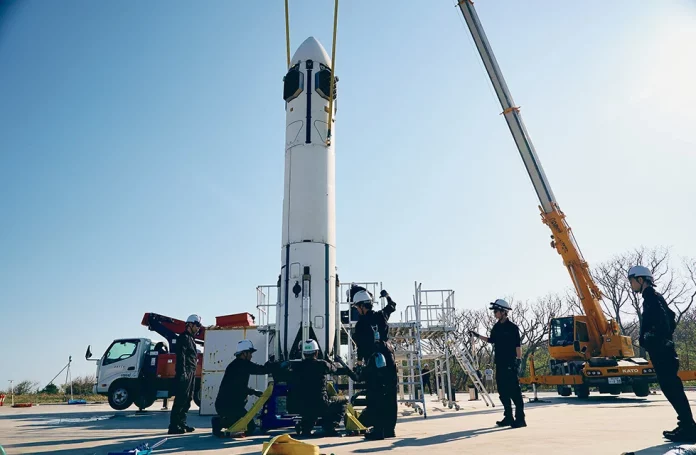
In what seemed to be a development that came from nowhere, there’s a new entrant into the reusable launch systems competition – Honda.
The giant Japanese industrial conglomerate recently launched a prototype reusable rocket up to 300m and landed it safely back on Earth.
So what does that mean for the reusable launch vehicle (RLV) industry and the future of inexpensive flights to orbit?
Competition is undoubtedly a good thing, and so far other companies have struggled to make their rockets reusable, one of the most important aspects of making access to space cheap.
Blue Origin has done so with the booster for its New Shepard suborbital vehicle landing on a pad near its launch complex.
LandSpace, a Chinese company, has successfully demonstrated the Zhuque-3 with a test hop similar to early RLV tests.
But most notably, SpaceX has, at this point, successfully launched and landed hundreds of rockets over the course of the past few years, and are the only ones that have reached orbit with an RLV.
That sounds like a market that is ripe for disruption – and Honda certainly saw it that way. Their work with rockets goes back to 2021, but their work on many of the sub-components that go into rockets goes back much further than that.
According to a press release, the transition from being a component supplier to being a rocket builder was “inspired by the dream of young Honda engineers.”
Those young engineers were probably (rightfully) thrilled when Honda’s first test launch took place on June 17th.
During the test, a prototype rocket that was 6.3m tall and 85 cm in diameter, with a wet weight of 1312 kg, launched 271.4 m into the air and landed 37 cm from its nominal landing spot after a 56.6 second flight. Data was collected throughout the test to inform the next round of testing.
This step is the equivalent to the famous “Grasshopper” experiments that SpaceX completed back in 2013, where the rocket would launch, hover and return to the ground. It was a necessary step on the path to reusable rocketry, and Honda is now only the fourth company to ever complete this feat.
It has a competitive advantage over the other three companies though, in that it’s part of a much large industrial behemoth who makes everything from lawnmowers to motorcycles.
Honda already employs tens of thousands of engineers, and has made some of the most reliable combustion related engines ever produced – just ask someone who owns a lawnmower with one of their engines.
Compared to relative neophytes like SpaceX and Blue Origin, that industrial heft gives the company a much stronger financial footing from which to experiment.
Whether or not that is an advantage remains to be seen – SpaceX is famous for it’s work culture that is at least partly driven by fear of failure, which probably won’t be the case for the Honda engineers who could simply shuffle off to other parts of the organization if their rocketry experiments fail.
But, given Japan’s increasing presence in the growing space industry, it was only a matter of time before a Japanese champion would join the fray of the new RLV industry.
Honda is definitely one of the more capable of those potential entrants, but it remains to be seen what, if any impact their entrance will have on the industry at large.
As the company moves to completion of a sub-orbital launch in 2029, more and more eyes will be turning toward it as potentially the greatest new competition in this space.
Written by Andy Tomaswick/Universe Today.



